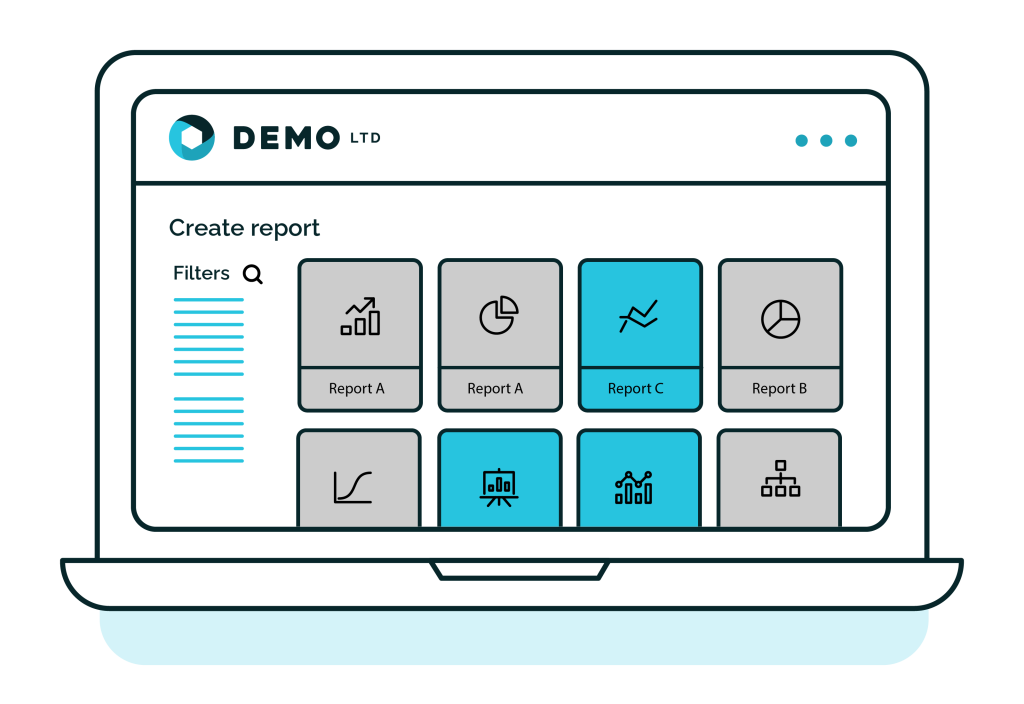“If you build it, they will come.”
Or… will they? Anyone who’s ever created a learning management system (LMS) knows that it’s never quite as easy as launching it and watching the logins stack up. We all hope for big results when we implement a new LMS, but we need to put the work in to ensure we get what we want out of our systems.
Wondering what the secret to LMS success could be? Read on to find out.
Know what your goals are
Sounds simple, but this point is often overlooked. Many organizations get an LMS because they think they should have one. They may fill the platform with e-learning modules, then never touch it again and hope for the best. But having an LMS filled with health and safety training and soft skills modules won’t help if your ultimate goal is to train your employees to use new equipment, for example.
What do you really want to achieve with your LMS? Is it better sales? More innovative leaders? A more knowledgeable workforce? Whatever it is, make sure your LMS reflects and supports the results you want to see.
Remind, remind, remind
It’s often the case that employees access their onboarding training via the LMS, and then never touch it again. There may be plenty of content available to help them improve in their roles, but if they don’t know it exists or it’s not built into their day-to-day routines, it’s redundant.
If you want the best possible chance of getting the results you want, you’ll need to remind your learners about the content they’ll find useful. An LMS like Totara Learn allows you to send automated emails and notify learners about what you want them to access, and with the Totara Mobile app, you can push notifications directly to their mobile devices to keep them in the loop.
Keep things fresh
Nobody will want to keep coming back to your LMS if there’s nothing new to look at. Keep people engaged in their learning with a constant stream of new, interesting content. Ideally your learning team would provide lots of new learning resources, whether that’s e-learning courses, PDFs or videos, but this won’t always be possible.
An easy way to do this is to introduce content curation. Tools such as Anders Pink allow you to pull relevant content from around the internet, whether that’s news stories, blogs, resources and more, to keep people thinking about their development areas.
Invite learners to contribute
Related to the previous point, user-generated content, such as wikis, blogs and polls, will keep the LMS alive with new content. People like to feel included in their own learning, and instead of being “taught at,” they will feel involved in their own learning and development if they have the ability to create their own learning materials.
An added benefit is that creating your own content is a great way to clarify a topic in your mind. This benefits not just the learner themselves, but also the rest of the LMS users. The more involved people feel in their learning, the more motivated they will be to put this learning into practice, which then leads to better business results.
Actually use those reports
These days, it’s hard to find an LMS that doesn’t come with some degree of reporting functionality. But even the best reports in the world are meaningless if you’re not actually looking at them and using them to analyze how your learning program is working.
Set aside some time each month to review your LMS reporting to ensure you stay on top of any trends and changes in activity patterns. Are logins up or down? How about course completions? Which learning activities are working well? Which aren’t? Which teams are making the most of the learning on offer? Which teams aren’t engaging? Is there a link between the learning people are completing and your real business results?

What results to expect
Where many organizations go wrong is looking at their learning data in isolation. For instance, they may consider an increase in logins, course completions or signups as a marker of success in itself. But this doesn’t mean a whole lot unless it’s also having an impact on your business results. When you have your learning data, make sure you compare it with the business outcomes you’re looking to improve. Ideally, your learning data will show that learning activity within your LMS leads to improved results in your desired areas.
For example, do higher sales training completion rates lead to higher overall sales? Is your compliance training leading to a reduction in workplace incidents? You can even drill down further to find out if there’s a link between specific activities and improved outcomes. For instance, you may find that 80% of the employees who download a performance support checklist for hosting a great presentation have improved their sales, and use this as a starting point to explore further resources which might help drive even further improvements.
What to do with those results
If you’re getting the results you want, you can look to your learning analytics to see what’s working particularly well so that you can do more of it, or take it to the next level. If you’re not getting those all-important results, you can find out where it’s going wrong, whether that’s technical issues, a lack of engagement or confusing training content so you can make improvements and start seeing results.
Either way, keep a close eye on your LMS data, and see how it correlates with the business outcomes expected by your senior management team. In Totara Learn, you can generate automated reports at set intervals which can automatically be emailed to the relevant people, or you can set up personalized reporting dashboards for a constant at-a-glance overview of learning activities, so you can assess how it’s impacting real performance as and when it happens. You can also use these results to help determine the ROI of your LMS, which can help justify further investment in learning in your organization.





